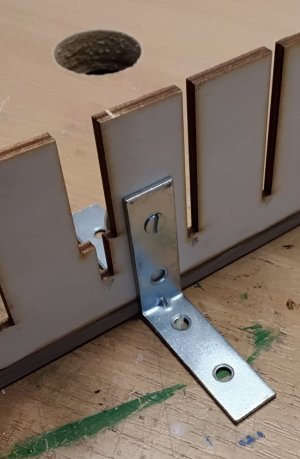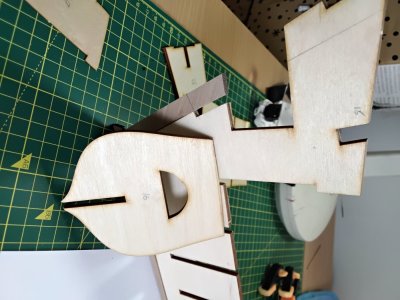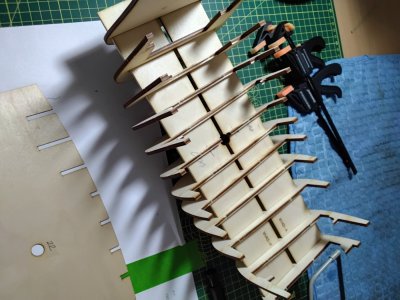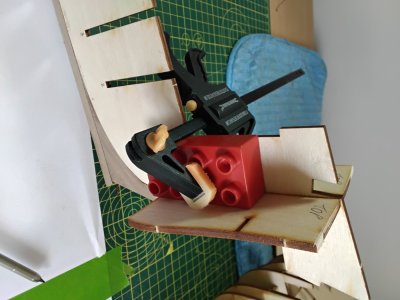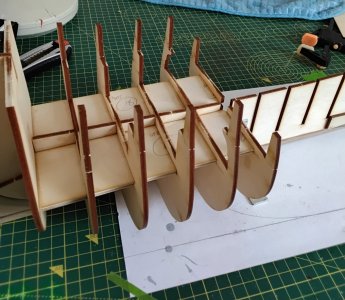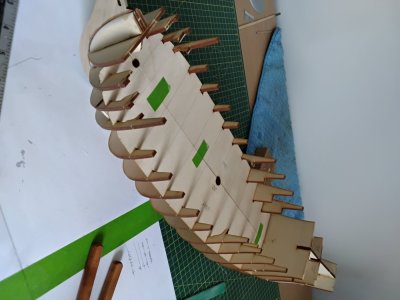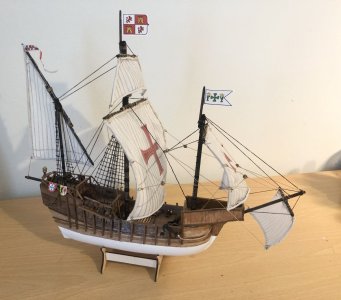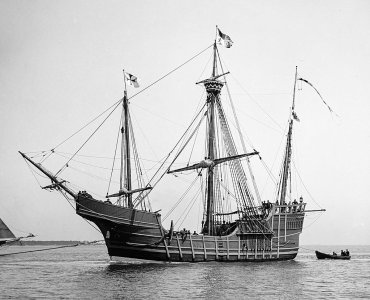I have been doing some reading on The Age of Discovery, particularly the voyages of Spain (who went West for gold and silver) and Portugal (who went East for spices). Incredible voyages of sailing into the unknown with quite primitive equipment, no maps, no idea where you might end up and a very good chance that you would not be coming back.
This moved me to build a ship of that period and I have settled on the Santa Maria, not specifically because of Columbus, but that it is very similar to illustrations in manuscripts and on numerous maps of the time.
I settled on the Mamoli version -
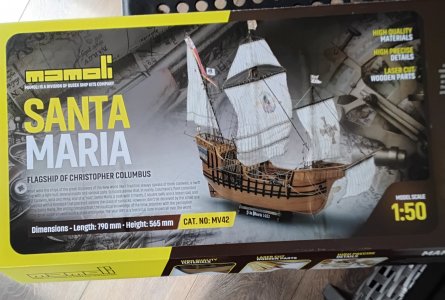
Let's have a look in the box -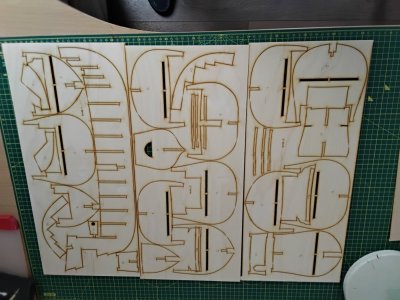
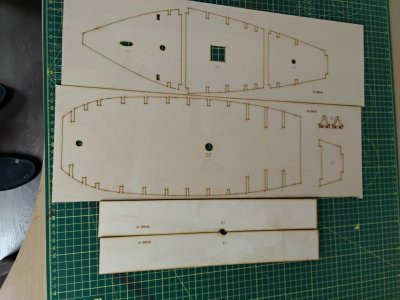

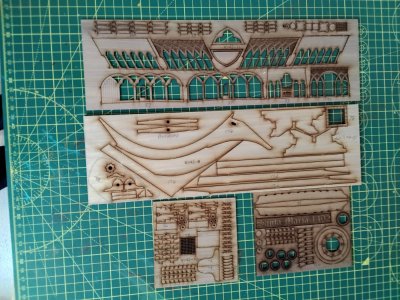
Metal parts, including a couple of tender boats; that should be interesting. The cordage looks quite good quality and sail cloth is included, together with a template plan.
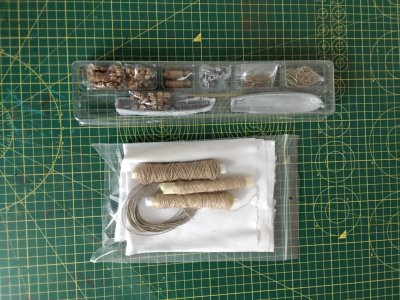
Strip and dowels also look to be good quality -
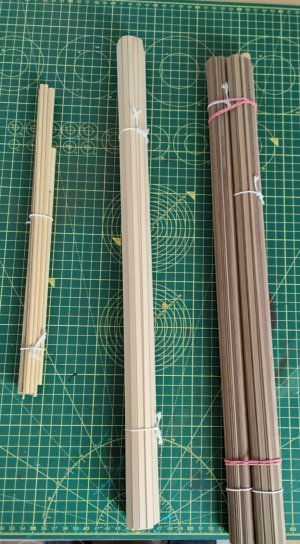
I have spent a couple of days with the instructions and plans. Instructions are not too bad (English could be better, but so could my Italian), but with errors when referencing the drawings. The drawings could be better and show parts not referenced in the instructions and with no dimensions.
I think we are on our own voyage of discovery with this one, but I am sure things will become clearer as we progress and I get into the mind of the designer - famous last words, no doubt.
Let's get cracking. All hull parts cut out, laser cutting is good with minimal retaining tabs to cut through -
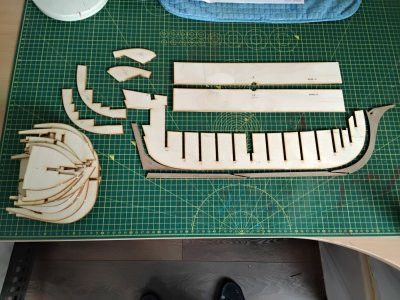
First job is the keel. I placed the plywood former on some paper, marked the outline with a pencil and then rubbed candle wax on that line. This stops the glue (I use CA) leeching through and sticking to the paper -
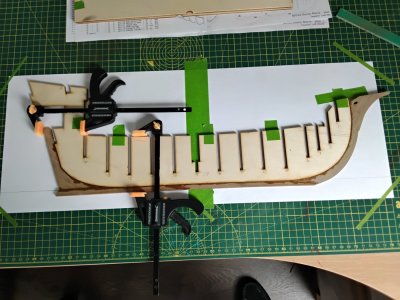
Front former (marked 20) fixed in place. This needs chamfering to take the lay of the planks so I did this before gluing it on as that's much easier than trying to carve it in place -
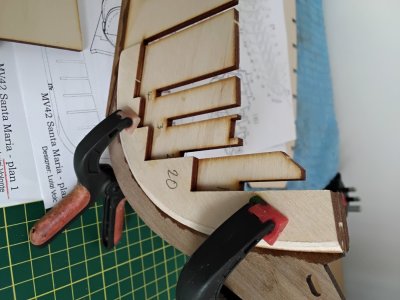
This moved me to build a ship of that period and I have settled on the Santa Maria, not specifically because of Columbus, but that it is very similar to illustrations in manuscripts and on numerous maps of the time.
I settled on the Mamoli version -

Let's have a look in the box -




Metal parts, including a couple of tender boats; that should be interesting. The cordage looks quite good quality and sail cloth is included, together with a template plan.

Strip and dowels also look to be good quality -

I have spent a couple of days with the instructions and plans. Instructions are not too bad (English could be better, but so could my Italian), but with errors when referencing the drawings. The drawings could be better and show parts not referenced in the instructions and with no dimensions.
I think we are on our own voyage of discovery with this one, but I am sure things will become clearer as we progress and I get into the mind of the designer - famous last words, no doubt.
Let's get cracking. All hull parts cut out, laser cutting is good with minimal retaining tabs to cut through -

First job is the keel. I placed the plywood former on some paper, marked the outline with a pencil and then rubbed candle wax on that line. This stops the glue (I use CA) leeching through and sticking to the paper -

Front former (marked 20) fixed in place. This needs chamfering to take the lay of the planks so I did this before gluing it on as that's much easier than trying to carve it in place -





